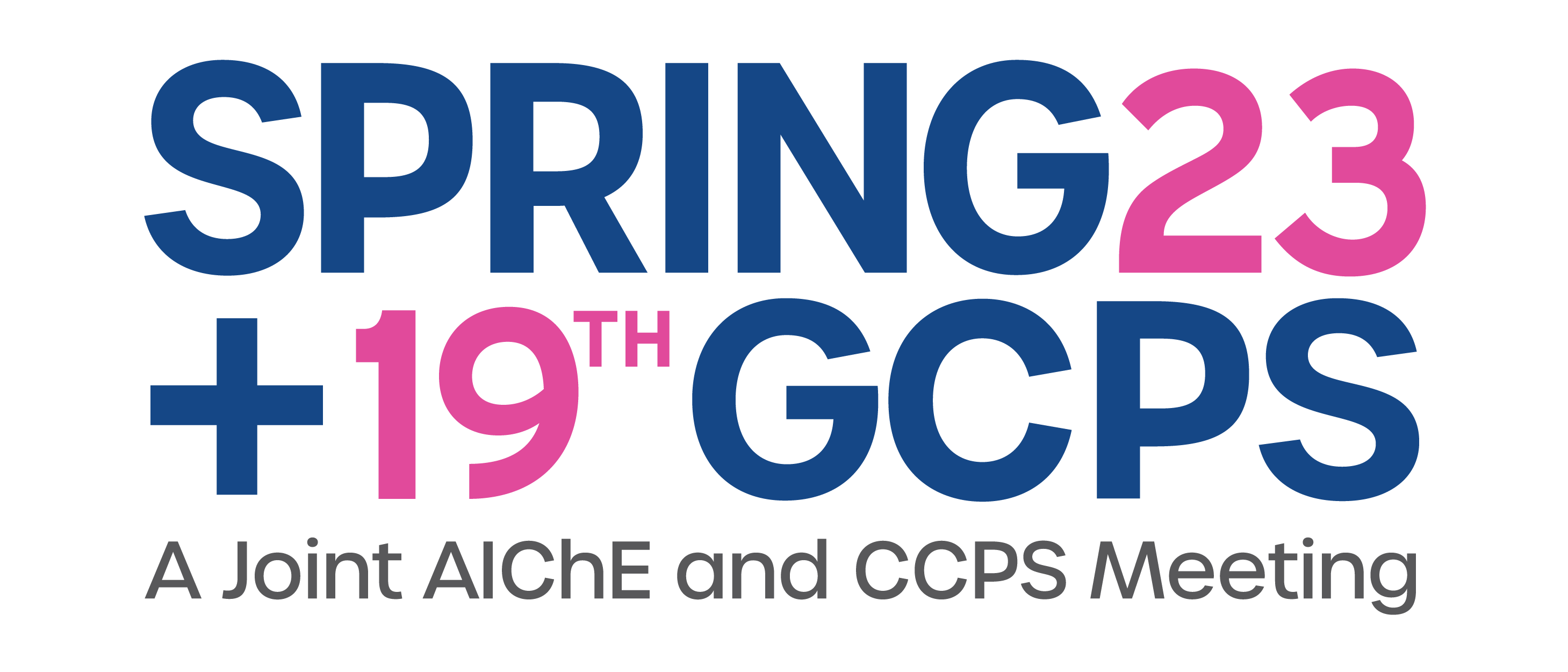

In the process of pressurizing a nitrogen (N2)-filled pipeline with a higher-pressure supercritical ethylene (C2) for commissioning or re-inventorying of a pipe section, the incoming C2 flashes and mixes with N2 as it moves down the pipe to either an open end (if venting is employed) or shut-in end while being pressurized. It is well known that when flashed C2 is mixed with N2, the mixture temperature drops significantly, which is known as auto-refrigeration cooling. These low temperatures of mixture can vary along the length of the pipe depending on the degree of mixing and local pressure. This is called the Critical Exposure Temperature (CET), which is always required to be above the pipe material minimum allowable temperature (MAT) curve during any process. Therefore, the calculation of CET is important during pressurizing nitrogen-filled pipelines with flashing C2. According to a simplified approach that became the norm among engineers, the minimum temperature of flashing C2 and nitrogen mixture at any pressure equals the saturation temperature of C2 at its partial pressure in the mixture. This approach was applied categorically to all mixture compositions and became a misconception that this paper is attempting to clarify. What this misconception missed, is that adiabatic mixing was not imposed, hence energy conservation was violated for a range of C2 mole fractions up to a certain threshold when the mixture is in the vapour phase. The present paper elaborates on the thermodynamics of the process via extensive Aspen HYSYS simulations from different initial conditions of both C2 and N2, and particularly the initial pressure and temperature of N2 in relation to that of C2, where the later would be undergoing isenthalpic throttling through the feed valve. All analyses were conducted on two pressuring/re-inventorying scenarios: first is a scenario where N2 is vented at the other end of the pipe such that the re-inventorying is conducted under isobaric conditions, and the second when the system is shut-in, i.e. the re-inventorying is conducted under isochoric conditions with pressure rising to the filling C2 pressure. The main contribution of the work is providing clear insight into the misconception and an approach to perform the pressuring/re-inventorying analysis while observing the fundamental thermodynamic and equilibrium principles.
Presenter(s)
Once the content has been viewed and you have attested to it, you will be able to download and print a certificate for PDH credits.
If you have already viewed this content,
please click here
to login.
Language
Pricing
Individuals
| AIChE Member Credits | 0.5 |
| AIChE Pro Members | $19.00 |
| Fuels and Petrochemicals Division Members | Free |
| AIChE Graduate Student Members | Free |
| AIChE Undergraduate Student Members | Free |
| AIChE Explorer Members | $29.00 |
| Non-Members | $29.00 |
